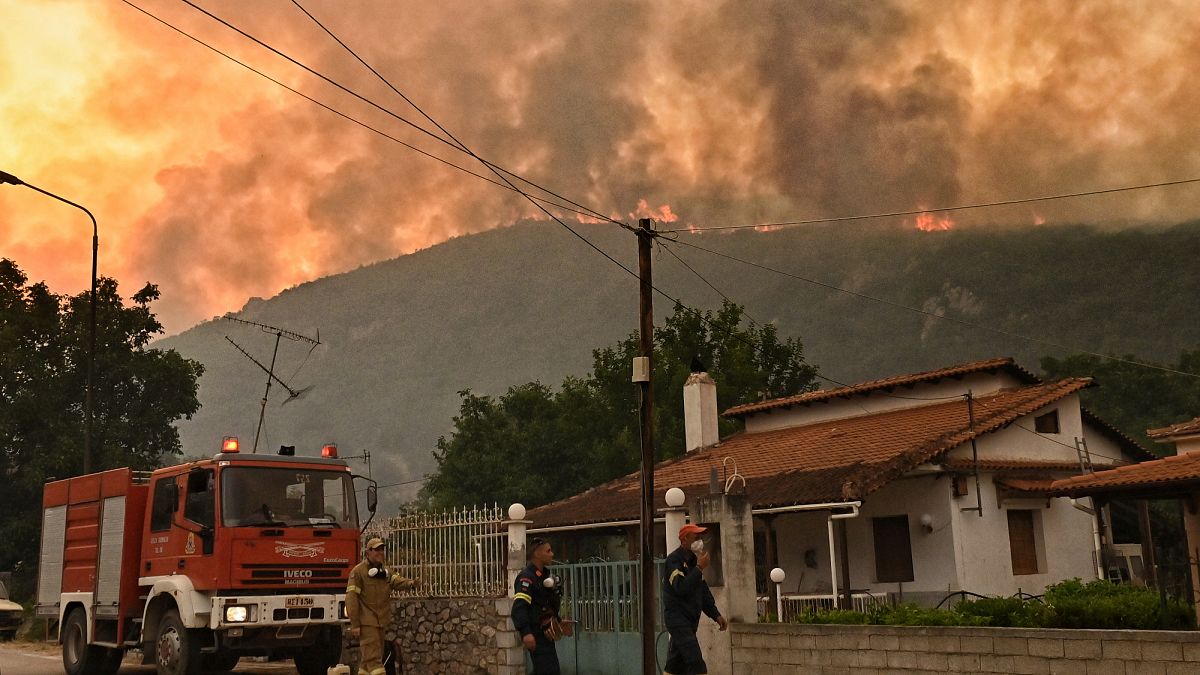

In a world increasingly defined by climate extremes, recent developments underline both the ongoing challenges and innovative responses to our planet’s environmental crises. As certain regions face severe threats, from scorching heatwaves to the construction of megastructures, others are showcasing creative approaches to nurturing harmony with nature.
The Mediterranean continues to grapple with intense heatwaves. The sea surface temperatures near Spain and Portugal have been alarmingly high, with readings frequently surpassing 30°C (86°F) since late June. These elevated temperatures pose significant threats to marine life, as prolonged exposure to such conditions can lead to habitat loss and biodiversity decline. Scientists have attributed the intensifying frequency and severity of these heatwaves to human-induced climate change, emphasizing the urgent need for adaptive strategies to protect vulnerable ecosystems.
On land, Cyprus is experiencing its own bout of extreme weather, as forecasts predict temperatures soaring up to 41°C. The island nation has been placed under a heatwave alert, urging citizens to take necessary precautions to prevent heat-related illnesses. Fortunately, relief is on the horizon, with meteorologists expecting a decline in temperatures later in the week.
Such weather challenges are not confined to the Mediterranean. In Greece, communities are being directly impacted by climate extremes. A major forest fire has necessitated the evacuation of several Greek villages, reflecting the pressing consequences of rising temperatures across Europe. Since the 1980s, the continent has warmed at a rate twice the global average, as reported by the EU’s Copernicus Climate Change Service. This trend underscores the need for robust climate adaptation and mitigation strategies to protect both human and natural environments.
Meanwhile, a unique initiative in California is marrying art and environmentalism. A collective of towering wooden trolls, crafted entirely from discarded materials, has been installed in a forest to encourage a dialogue on sustainable living. These striking figures serve as a poignant reminder of the beauty that can arise from waste when reimagined responsibly and aim to inspire communities to adopt more eco-friendly practices.
Amidst these environmental urgencies, significant developments in infrastructure are also occurring. In Tibet, China has embarked on the construction of the world’s largest hydropower dam on the Yarlung Tsangpo river. Dubbed the “project of the century,” this ambitious endeavor aims to greatly enhance China’s renewable energy capacity. However, the project raises concerns among downstream nations, like India and Bangladesh, about the potential impacts on water flow and regional ecology.
As the global community confronts these environmental hurdles, it is clear that both challenges and solutions extend beyond borders. Whether through emergency responses to natural disasters, the harnessing of renewable energy, or the fusion of art and sustainability, a common thread emerges: the necessity of collective action and innovation. Through proactive measures and inspired creativity, we can aspire to a balanced relationship with our environment, fostering resilience and hope for future generations.
Source: {link}
